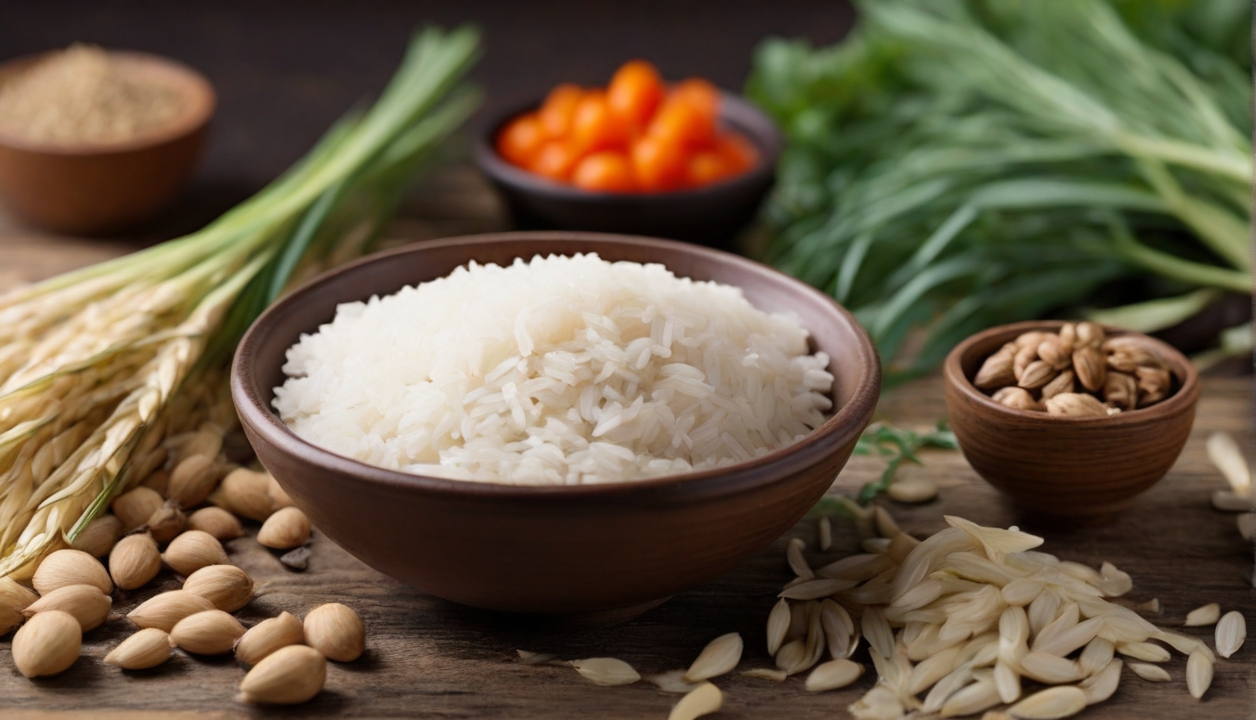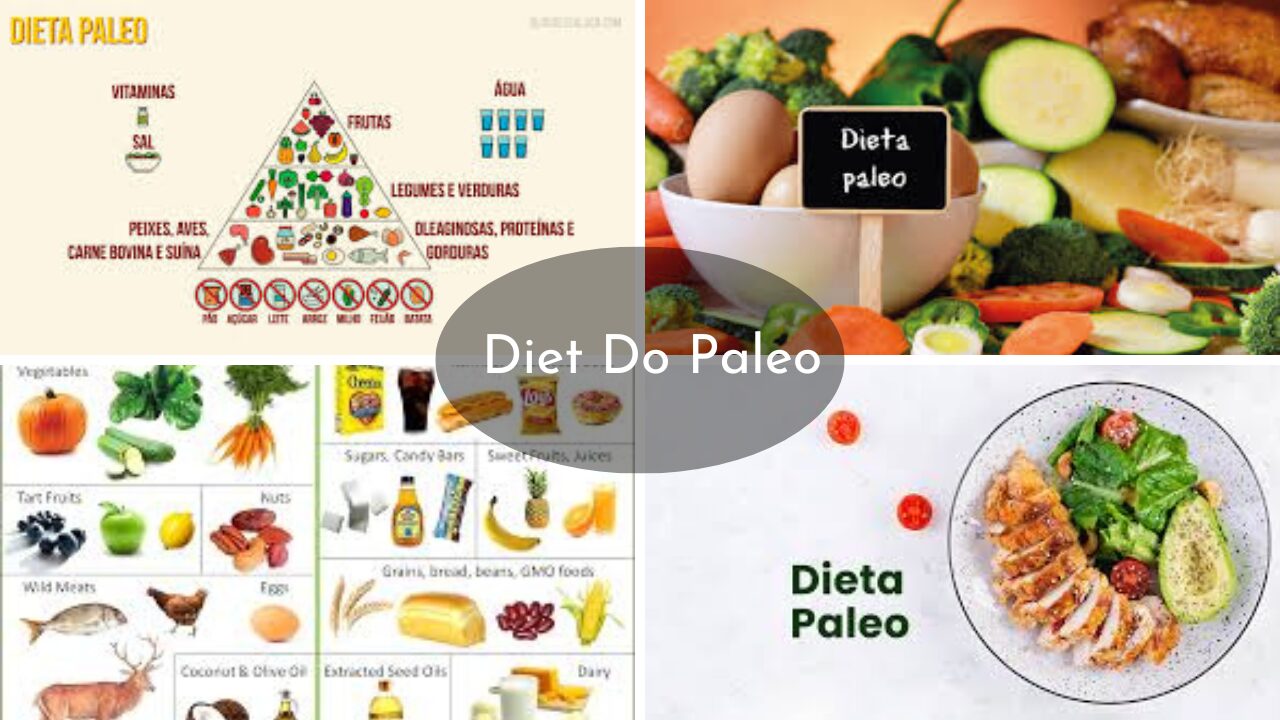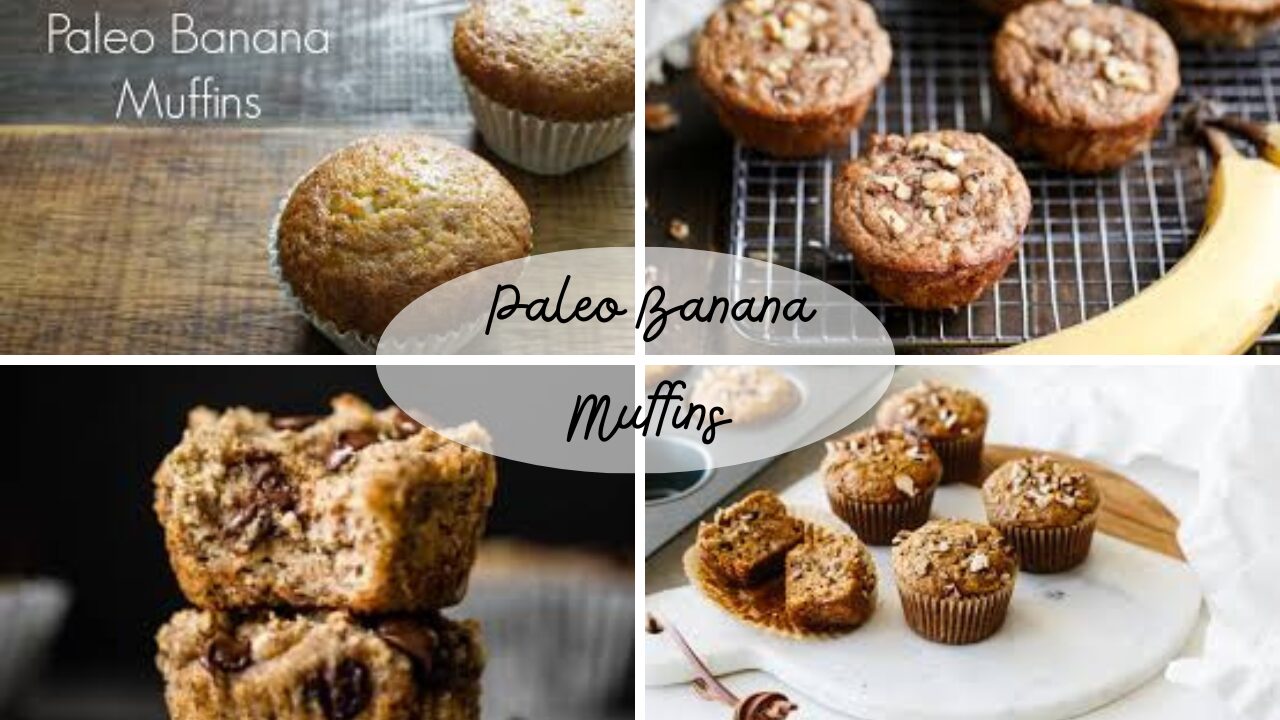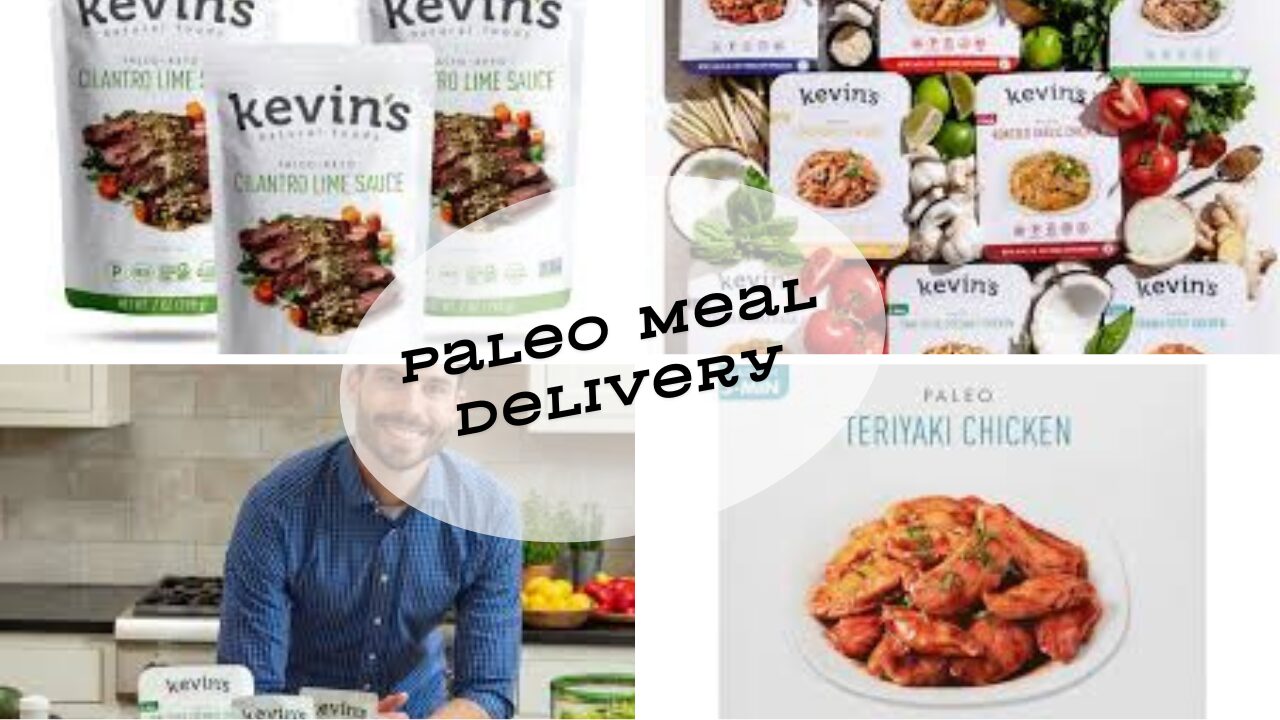The Paleo diet, inspired by the presumed eating habits of our hunter-gatherer ancestors, has swept the health and wellness scene. But when it comes to rice, a staple food for many cultures, the question arises: is rice paleo? As with many things in life, the answer is somewhat complex. Buckle up because we’re diving deep into the grain debate and exploring the complexities of including (or excluding) rice from your paleo journey.
Why Grains (Including Rice) Are Often Off the Paleo Plate
The core principle of the Paleo diet revolves around consuming foods believed to be available to our Paleolithic ancestors around 2.5 million years ago. This eliminates most modern-day grains, including rice, wheat, corn, and oats. The reasoning behind this exclusion stems from several factors:
- Evolutionary mismatch: Proponents argue that our digestive systems haven’t adapted to efficiently handle modern grains’ complex carbohydrates and gluten, potentially leading to digestive issues and inflammation.
- Phytates and antinutrients: Grains contain naturally occurring compounds like phytates that can hinder the absorption of essential minerals. While soaking and sprouting methods can mitigate this, strict paleo eliminates the risk.
- Sugar spikes: refined grains like white rice can cause rapid surges in blood sugar, potentially contributing to metabolic issues like insulin resistance.
Why Rice Is Important: Different Shades of Gray in the Paleo World
While rice technically falls outside the strict parameters of a paleo diet, some individuals choose to include it in moderation for various reasons:
- Cultural significance: Rice holds deep cultural and dietary importance for many populations. Excluding it entirely can be challenging and counterproductive for long-term adherence.
- Individual needs: Some individuals tolerate grains well and may benefit from including small portions of rice for sustained energy, especially during periods of higher activity.
- Type of rice matters: Opting for unprocessed brown rice over white rice provides more fiber, vitamins, and minerals, aligning better with paleo principles.
It’s important to remember that the paleo diet is not a one-size-fits-all approach. Experimentation and personal biofeedback are crucial in determining what works best for you.
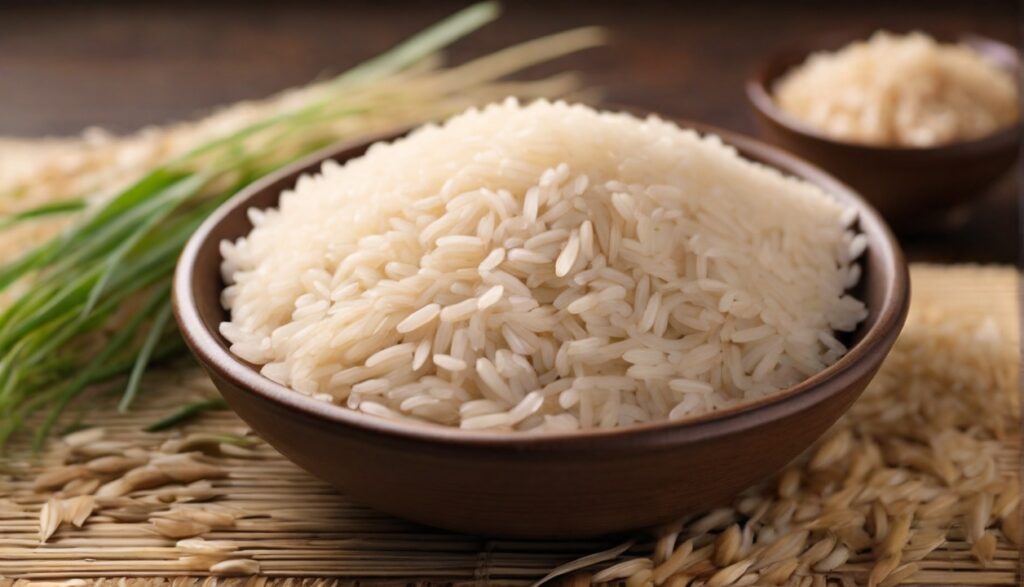
How to Get Around the Rice Problem: Advice for Paleo Followers
Whether you completely eschew rice or incorporate it thoughtfully, here are some pointers:
- Prioritize vegetables and fruits: Ensure your plate is predominantly filled with paleo-approved options like leafy greens, colorful vegetables, and nutrient-dense fruits.
- Explore protein sources: Lean meats, fish, eggs, nuts, and seeds provide ample protein and healthy fats to keep you satiated.
- Focus on quality: If you include rice, opt for organic, unprocessed brown rice or sprouted varieties for better nutritional value.
- Listen to your body: Pay attention to how you feel after consuming rice. If it triggers digestive discomfort or derails your paleo goals, consider alternative sources of carbohydrates like root vegetables.
- Consult a healthcare professional: Discuss your needs and dietary choices with a qualified professional for personalized guidance.
Other Paleo-Friendly Carbohydrates Besides Rice
If you’re looking for paleo-compliant alternatives to rice, there’s a bounty of delicious options:
- Root vegetables: Sweet potatoes, butternut squash, carrots, and turnips offer complex carbohydrates, fiber, and essential vitamins.
- Plantains: Green plantains can be cooked similarly to rice for a starchy side dish.
- Cauliflower rice: This low-carb, vegetable-based alternative provides a familiar rice-like texture.
- Zucchini noodles: Spiralized zucchini offers a light and refreshing substitute for pasta or rice.
FAQs About (Is Rice Paleo)
Is white rice paleo?
Technically, no, but some individuals following a more flexible paleo approach may include it sparingly. Brown rice generally aligns better with paleo principles due to its higher nutrient content.
What are the potential downsides of excluding rice entirely?
Depending on your activity level and individual needs, eliminating all grains could lead to insufficient carbohydrate intake, impacting energy levels. Consider replacing rice with other paleo-friendly sources of carbohydrates.
Is Brown Rice Paleo?
Not really, but… Brown rice is a grain, and grains are usually not allowed on the strict paleo diet because they don’t fit with the animal’s genetic needs, they contain phytates, and they can make blood sugar spike. Some people who follow a more open paleo plan may eat small amounts of brown rice, especially if they can handle it well and put other paleo-approved foods ahead of it.
Can I eat rice occasionally and still be “paleo”?
The core of paleo lies in prioritizing whole, unprocessed foods and minimizing processed grains and sugars. If you choose to include rice occasionally, ensure it’s a well-informed decision based on your personal needs and goals.
Is Wild Rice Paleo?
Wild rice is not exactly paleo-friendly. It has more nutrients than white and brown rice, but it still has bad nutrients, like phytates. Wild rice might be a “less bad” choice if you can’t give up all rice. But letting it soak and develop lowers the phytates even more, making it more paleo-friendly.
Remember, the paleo diet is a journey of exploration and self-discovery. By understanding the principles and experimenting with different foods, you can find an approach that nourishes your body and empowers you.

